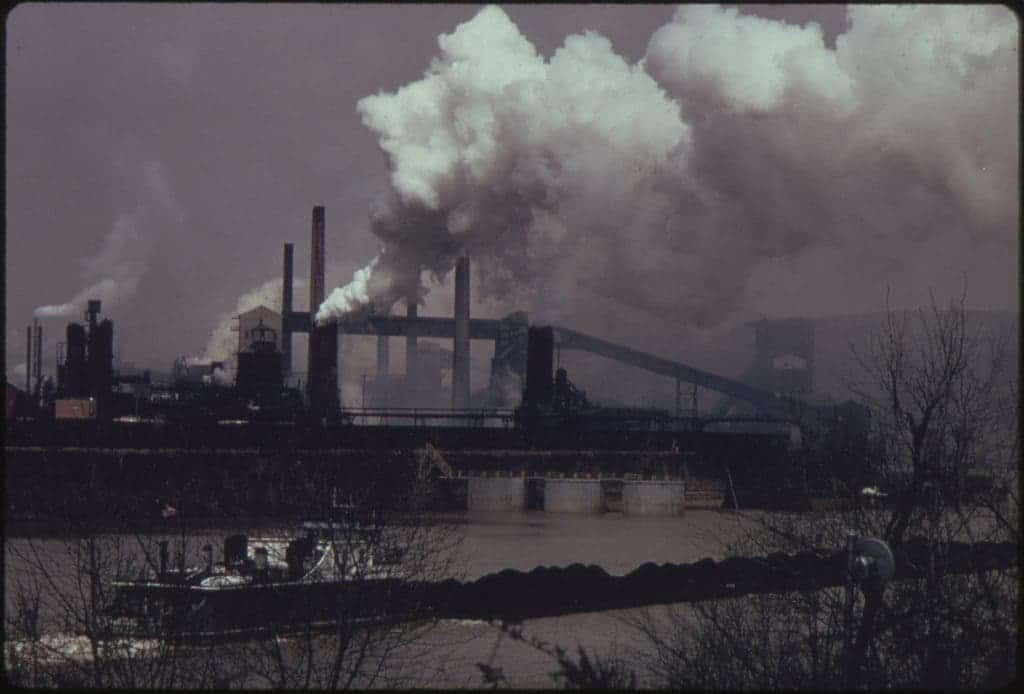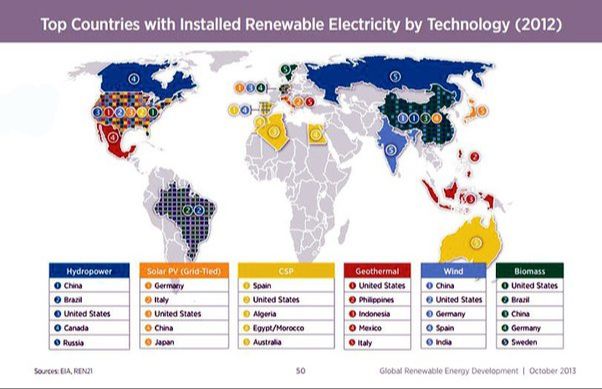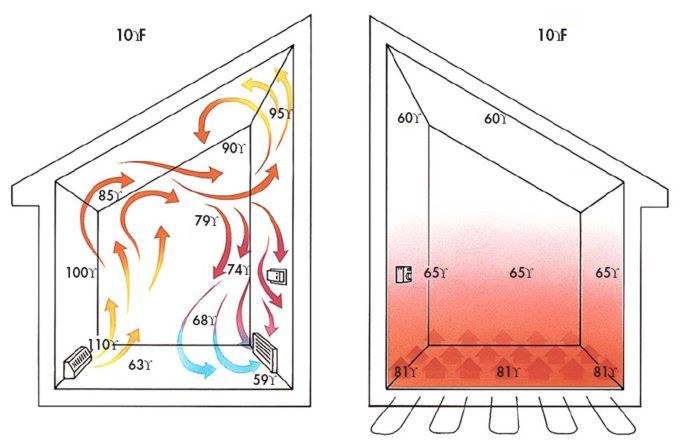How Many Deaths Has Nuclear Power Prevented?
Nuclear power has played a major role in electricity generation across the world since the mid-20th century. Compared to fossil fuel energy sources like coal and natural gas, nuclear energy has prevented many deaths that would have occurred from air pollution and accidents related to these more dangerous energy sources. This analysis aims to quantify the number of deaths prevented by the use of nuclear power to date, drawing on historical energy production statistics and scientific estimates of mortality rates from different energy sources.
The thesis is that nuclear power has prevented many deaths by displacing more harmful electricity sources, especially coal power, in many countries. The analysis relies on quantifying the relatively low historical mortality rate of nuclear power compared to other energy sources.
Deaths from Fossil Fuels
Burning fossil fuels like coal, oil, and natural gas for energy leads to significant air pollution and associated health impacts and deaths. According to research from Harvard University in 2021, exposure to particulate matter from fossil fuel emissions causes an estimated 8.7 million premature deaths globally every year (1). This accounts for about 1 in 5 of all deaths worldwide. Another study from University College London estimated the number of annual deaths attributed to fossil fuel pollution to be over 8 million (2). The burning of coal, oil and natural gas releases particulate matter, ozone, nitrous oxides, and sulfur dioxide into the atmosphere, degrading air quality and human health.
Deaths from Other Energy Sources
According to Our World In Data, other energy sources such as hydropower, solar, and wind have very low death rates. A breakdown of the death rates per terawatt-hour (TWH) shows:
- Hydropower: 0.04 deaths per TWH (https://ourworldindata.org/safest-sources-of-energy)
- Solar: 0.02 deaths per TWH (https://www.statista.com/statistics/494425/death-rate-worldwide-by-energy-source/)
- Wind: 0.04 deaths per TWH (https://ourworldindata.org/grapher/death-rates-from-energy-production-per-twh)
These renewable energy sources are extremely safe compared to fossil fuels. Their low death rates are likely due to the lack of emissions, low risk of accidents, and absence of extensive mining operations.
Nuclear Accident Fatalities
The two most severe nuclear accidents in terms of fatalities are the Chernobyl disaster in 1986 and the Fukushima accident in 2011. At Chernobyl, 31 deaths have been directly attributed to the accident, all among emergency workers and cleanup crews. The Chernobyl Forum report produced by a number of United Nations agencies estimates up to 4,000 eventual cancer deaths as a result of Chernobyl radiation exposure in the decades after the accident, although this figure is controversial and difficult to confirm [1]. At Fukushima, there have been no direct deaths from radiation exposure. One worker died from a heart attack and six died from the trauma of the evacuation process. Long term cancer fatalities are predicted to be very low to nonexistent [2].
So in summary, confirmed deaths directly attributable to radiation exposure from nuclear accidents stand at 31 from Chernobyl and 1 from Fukushima, for a total of 32 deaths. Predicted long-term cancer fatalities range from thousands for Chernobyl to minimal for Fukushima, but both accident sites had mandatory evacuations impacting hundreds of thousands of people.
Nuclear Prevented Deaths
Estimates of deaths prevented by nuclear power are based on comparing historical mortality rates from fossil fuel energy production. A 2013 study by Kharecha and Hansen estimated that global nuclear power production has prevented approximately 1.84 million air pollution-related deaths and 64 gigatonnes (Gt) of CO2-equivalent greenhouse gas (GHG) emissions that would have resulted from fossil fuel burning between 1971 and 2009.1

This estimate is based on calculating the deaths per unit energy historically caused by fossil fuels like coal and natural gas. Since nuclear energy produces electricity without direct air pollution and GHG emissions, it avoids those fossil fuel deaths. Based on those historical death rates per unit energy, the study estimated the deaths that would have resulted if that same nuclear electricity had been produced with fossil fuels instead.
Radiation Deaths Context
To put the risks from nuclear accidents in perspective, it is important to compare the radiation exposure from nuclear accidents to natural background radiation exposure. According to the Nuclear Regulatory Commission (NRC), the average person in the U.S. receives an annual radiation dose from natural sources of about 310 millirem (3.1 millisieverts). About half of this comes from radon gas, and the rest comes from cosmic radiation, rocks and soil, and sources within the body.
According to the NRC, on average Americans receive an annual radiation dose of about 620 millirem (0.62 rem) each year just from natural background radiation sources. Thus, even major nuclear accidents have contributed only a very small fraction of the total radiation exposure that people receive each year from natural background radiation.
This context helps illustrate that the radiation health risks from nuclear power and accidents, while not zero, are still relatively minor compared to the background radiation people are exposed to naturally on a regular basis.
Future Death Prevention
As countries seek to reduce their carbon emissions and expand access to electricity, nuclear power is often debated as a potential energy solution. One important factor is how expanded nuclear could prevent future deaths by replacing fossil fuels and dangerous energy alternatives.
According to a study by Kharecha and Hansen published in the journal Environmental Science & Technology, expanded nuclear power through 2050 could prevent up to 7 million deaths globally (https://pubs.acs.org/doi/10.1021/es3051197). This factors in projected growth in energy demand and potential deaths from air pollution associated with fossil fuels and biomass burning.
The authors estimate that 1.8 million human deaths were already avoided globally between 1971-2009 due to the use of nuclear power instead of fossil fuels. With increased investment in nuclear going forward, millions more deaths could potentially be prevented, especially in developing countries.
Conclusions
In summary, nuclear energy has likely prevented a significant number of deaths globally compared to other energy sources. By displacing fossil fuel electricity generation, nuclear has avoided air pollution deaths. Calculations estimate nuclear has prevented 1.8 million air pollution deaths, and could prevent 7 million deaths by 2050. Nuclear energy also has far lower deaths per unit of electricity generated than other major energy sources like coal, natural gas, hydroelectric, solar and wind. Even including major nuclear accidents like Chernobyl and Fukushima, nuclear has caused fewer direct fatalities per unit energy than other energy sources.
There are uncertainties involved in calculating hypothetical prevented deaths, and the impact of nuclear energy displacement varies regionally. However, multiple independent analyses point to nuclear power saving lives by replacing fossil fuel energy generation. As countries aim to decarbonize electricity while meeting growing demand, nuclear energy’s life-saving potential could continue to grow in the future.
Limitations
While this analysis aims to estimate the number of deaths prevented by nuclear power, there are some important limitations to consider.
First, calculating prevented deaths requires making assumptions and estimates that have inherent uncertainties. The actual number could be higher or lower.
Second, there are many complex factors that contribute to human health and safety beyond any single source of energy. Nuclear may have prevented deaths that would have occurred from fossil fuel emissions, but many other social, political and economic dynamics are also at play.
Additionally, some argue that comparing immediate accident fatalities to drawn-out air pollution deaths is an imbalanced comparison. And nuclear comes with other environmental and social impacts that may not be fully captured in mortality statistics.
While nuclear appears to have prevented deaths on net, the true number is challenging to quantify precisely. We cannot definitively attribute a certain number of lives saved to nuclear power. These estimates should be considered within their limitations.
References
Stats from the Organisation for Economic Co-operation and Development on historic and projected deaths avoided from nuclear power vs. fossil fuels: OECD (2020), “Nuclear Power and the Emissions Mitigation Goals”, NEA No. 7563, OECD Publishing, Paris, https://doi.org/10.1787/1e9cff8c-en.
Research from climate scientists James Hansen and Pushker Kharecha on nuclear power preventing 1.8 million air pollution-related deaths to date: Kharecha PA, Hansen JE (2013) Prevented Mortality and Greenhouse Gas Emissions from Historical and Projected Nuclear Power. Environ. Sci. Technol. 2013, 47, 9, 4889–4895. DOI: 10.1021/es3051197.
Analysis of disaster death rates relating to nuclear vs. fossil fuels from Pushker Kharecha: Kharecha, P.A.; Kutscher, C.F.; Hansen, J.E.; Mazria, E. Options for Near-Term Phaseout of CO2 Emissions from Coal Use in the United States. Environ. Sci. Technol. 2010, 44 (11), 4050–4062. DOI: 10.1021/es903884a.
Epidemiology data and cancer risk analysis from prominent climate scientists Kerry Emanuel and Pushker Kharecha on relative safety of nuclear power: Ameer Khan, K.M. Emanuel, Pushker A. Kharecha, Risk of Nuclear Power, Journal of Risk Research, 23:9, 1121-1136, DOI: 10.1080/13669877.2018.1471160
Additional analysis and data sources on the safety record and benefits of nuclear power from the Union of Concerned Scientists.






